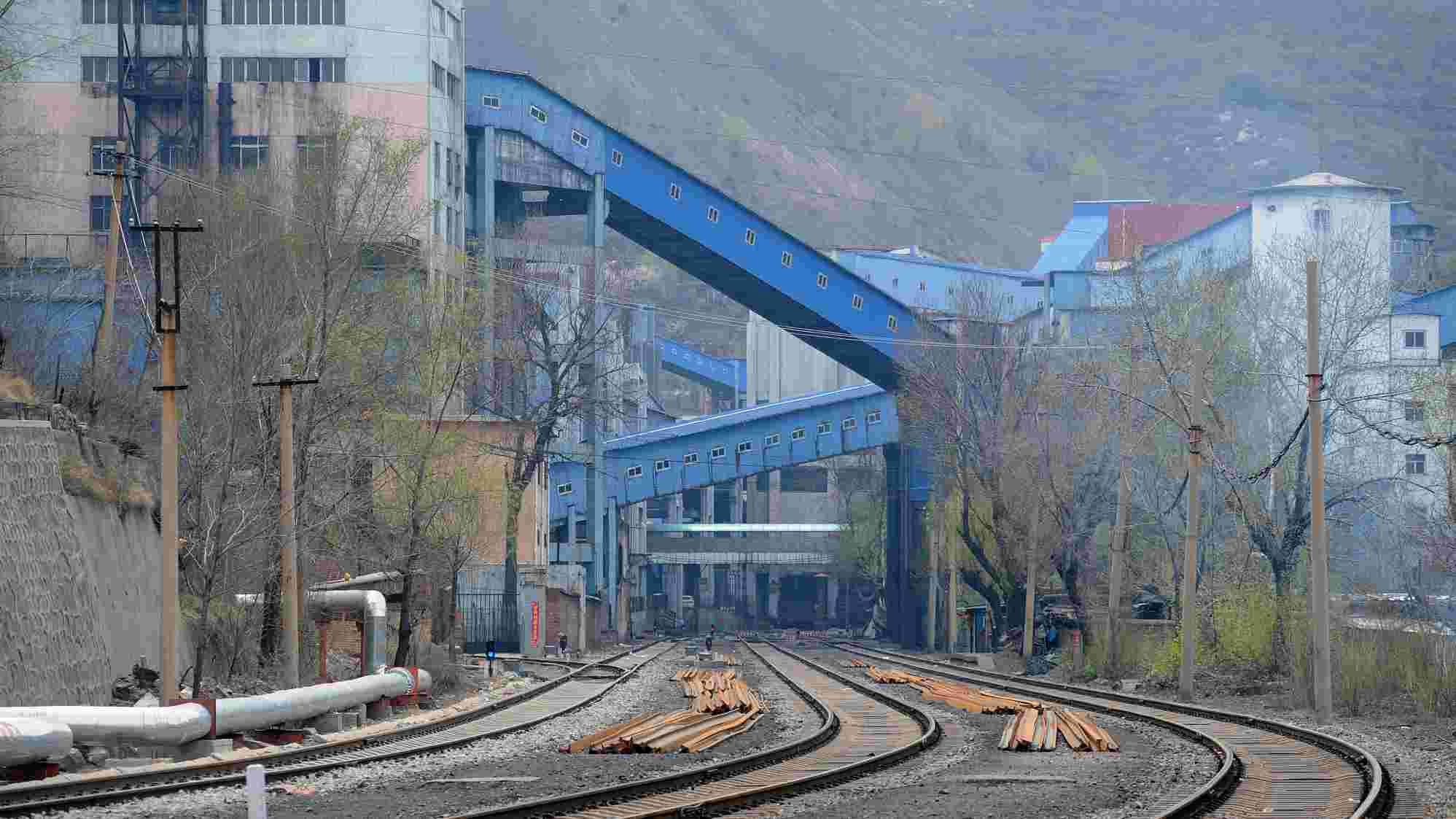By CGTN’s Martina Fuchs
The Asia-Pacific region managed to deliver the world’s strongest growth amid risks, according to the IMF’s Economic Outlook for the region, which was released on Tuesday.
The report estimates an accelerated 5.5 percent growth for the region this year, and 5.4 percent for 2018, thanks to stimulus policies in China and Japan, which are in turn benefiting other economies in the region.
But the region also has to pay attention to uncertainties and hurdles that may jeopardize growth, including aging populations and sluggish productivity.
Video 2
To deal with demographic changes, policies aimed at caring for the elderly, raising labor force participation (especially for women and the elderly), and boosting potential growth take on a particular urgency, says the report.
Productivity growth slowdown is rather severe in China and other advanced economies in the region, resulting from anemic investment, little impetus from trade, slowing human capital formation, reallocation of resources to less productive sectors, and the aging population.
That’s why structural reforms are necessary for the region to sustain growth. In China, the government has been taking measures to cool the real estate sector and rein in financial stability risks. IMF’s China representative Alfred Schipke says it is critical that China lets the reforms stay the course.

Baijiazhuang, a large state-owned coal mine in Shanxi Province is out of business in response to the country’s de-capacity initiative. /CFP Photo
“When measures do have an impact on the economy and ultimately growth slows down a little bit, the policies will be eased or lifted. But it actually would be beneficial to tolerate some slower growth,” says Schipke.
Trade openness has further exposed the Asia-Pacific region to political and economic risks on a global scale, so it is important to maintain financial stability. The report suggests that macroprudential policies could also be used to increase the resilience to external shocks, including those associated with reversal of capital flows.
However, Schipke believes in the end it has to be a complementary reform, rather than monetary policy alone, to secure long term growth. For China, SOE reform is still a first priority.
“SOEs continue to absorb a large share of credit, despite the fact that they are not that important anymore in terms of employment and contribution to the economy,” Schipke says, “so making sure the future credit goes to the most productive sectors of economy will be critical.”









